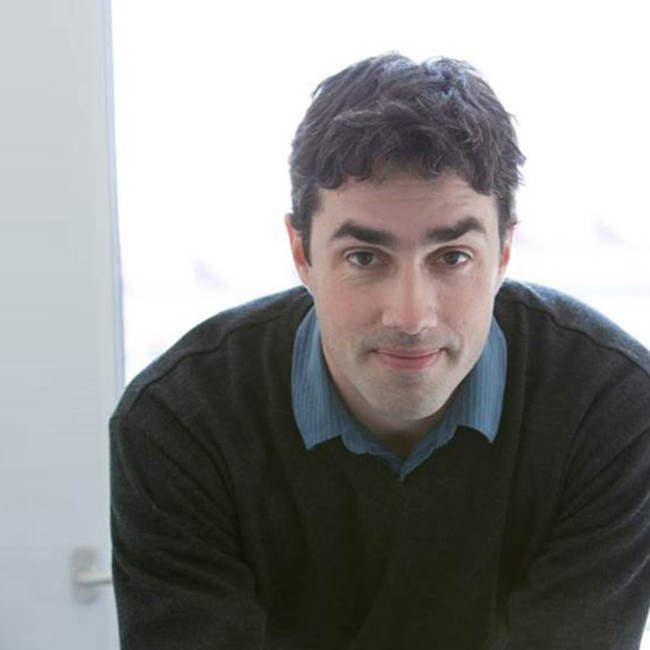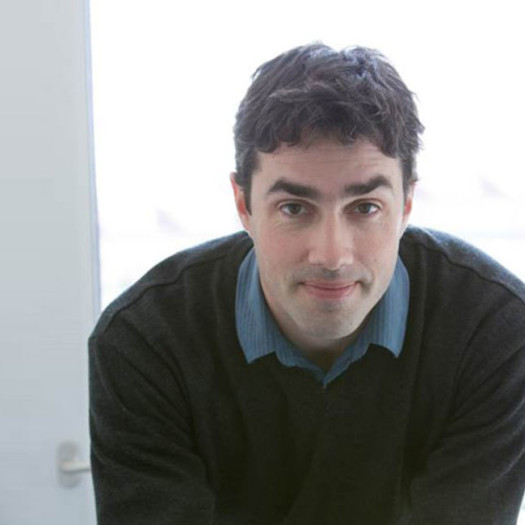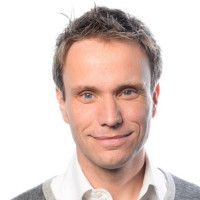Controlling the World’s Epidemics with Mathematical Tools Dr. Simon Cauchemez

Recognized by the AXA Research Fund in 2014 with an AXA Award grant, Dr. Cauchemez develops mathematical models to better understand epidemics, their risk factors, drivers, and how they progress. While such models are often used for forecasting, these researchers are even more concerned with “now-casting”: analyzing data coming out of an ongoing epidemic—be it influenza, Ebola, Zika, or others—in order to identify the key mechanisms and help with prevention. Their work breaks down into two main themes: improving emergency response by revealing the dynamics of epidemics, and understanding what determines the spread of pathogens.
From Uncertainties to Robust Estimates
There are many challenges to getting a clear picture of each new epidemic that emerges and the specific risks involved, including uncertainties in the data, biased samples, and the like. Dr. Cauchemez’s models are designed tobetter understand these problems, take them into account, and produce the most robust estimates possible. End of 2015, for instance, the Zika virus came to the world’s attention, due to outbreaks in Brazil and the link observed between infection during pregnancy and the risk of birth defects (specifically, microcephaly). In this case, the unknowns included the number of pregnant women infected and the number of microcephaly cases, which could only be confirmed with time. Dr. Cauchemez was able to turn to a different data set for help, one from a large Zika outbreak that occurred two years ago in French Polynesia. Based on analyses of this more complete data, their models were able to estimate that, if infection occurs during the first trimester, the risk of microcephaly is 1%. This was a high-impact contribution to the field: the study, published in The Lancet in March 2016, was the first to estimate the risk of microcephaly per infection and received a great deal of media attention.
Long-Term Impacts on Transmission
Much of the team’s work involves emergency situations, whenever a new epidemic crops up. Other projects are more long-term, looking at how human mobility or environmental factors affect transmission. A Bangladeshi study of chikungunya had found that a very high rate of transmission might exist in a village, but fall off rapidly beyond its limits (in contrast to a scenario where it spreads broadly across the country). With the support of the AXA Research Fund, Dr. Cauchemez was able to fund a collaboration with the ICDDR,B, an infectious disease research institute in Dhaka, to investigate this phenomenon. Their partners in Bangladesh collected data on the density of the vectors (the mosquitos that carry the virus) and gave people GPS devices to track human mobility. They are now analyzing this countrywide data to test the influence that both factors have on transmission.
Across the Indian Ocean, the island of Madagascar provides Dr. Cauchemez with the ideal ecosystem in which to study spatial dynamics of disease. Working with the Institut Pasteur of Madagascar, he is testing assumptions about island populations—their relative isolation from exposure to influenza versus the potential lack of immunity among the people. He can compare the spread of the disease in a well-connected location like the capital, Antananarivo, with that in very isolated villages. Dr. Cauchemez’s collaborators have begun studies measuring levels of antibody in the blood for different strains of the flu virus that have circulated over the past five decades. With data on each person’s age, location and exposure to different strains of influenza, he will be able to determine the intensity of past epidemics, detect patterns and observe if these have changed. His team will also investigate whether the arrival of the first direct air connection between Madagascar and Bangkok, at the beginning of this century, has had an effect.
New Tools Yield Deeper Insight Into Epidemics
The mathematical models developed and used by the Cauchemez team represent new tools for the study of risks in epidemics, offering deeper insight into their dynamics. Their innovative methods are not trivial, Dr. Cauchemez explains, and allow for more subtle interpretations of the data than are possible otherwise. These sophisticated analyses complement the work of other epidemiological and disease-modeling teams by allowing for a better understanding of the factors involved in specific outbreaks, leading to better interventions and quantification of the outcomes.
Dr. Cauchemez explains that his work is collaborative, by nature. His role is not to run a study in the field. Rather, others come to his team to make use of their tools for the analysis of epidemic data. These collaborations—with the ICDDR,B in Bangladesh, with any of the 32 institutes of the Institut Pasteur’s international network (that, often, are located near sites of emerging outbreaks), or even with the Ministry of Health in Saudi Arabia—also offer his team an opportunity to calibrate their models against real-life data.
Dr. Cauchemez is further helping to improve the data collected on epidemics, thanks to his grant from AXA that allows him to strengthen collaborations around the world. He sees this as a fantastic opportunity: “It’s one thing to share their data, and quite another to be able to say, ‘I can fund this study’,” and ensure that it happens.
Impacting Pandemics, People and Policy
Dr. Cauchemez’s work is extremely relevant to public health practitioners and decision makers grappling with the risks of pandemic spread today and planning for the future; to health care workers and residents of affected areas; and to travelers assessing the risk of entering a current or potential outbreak zone.
His research also holds clear interest for the insurance and pharmaceutical industries. A company interested in developing a Zika vaccine would need to know that it would be worth the investment: What are the chances of it reappearing in the Americas in the next 10 years? An insurer may want to assess the risk of it reaching Africa or Asia and the impact it could have there. Dr. Cauchemez is currently addressing these questions.
On the policy side, he also advises the French government on Zika-related concerns in Martinique, one of its overseas territories. Guillain-Barré syndrome is another complication of Zika infection that leads to complete shutdown of the nervous system. Its victims must be put on ventilators and, with only eight ventilators on the island at the start of the epidemic, the government needed to assess whether this would suffice. The number of ventilators has since been increased.
While the link between modeling and policy is well established in the UK, Dr. Cauchemez sees a great need in France to develop this connection, to maximize the impact they can have on policy. To that end, he is beginning work with Santé publique France (the French equivalent of the Unites States’ CDC) and with animal health agents at ANSES (Agence nationale de sécurité sanitaire de l’alimentation, de l’environnement et du travail).
Meanwhile, his work continues. Since taking up his position at the Institut Pasteur, Dr. Cauchemez has worked on the emergence of chikungunya in the Americas, the Ebola crisis, and now Zika. This kind of work, occurring in an emergency context, “does not correspond to the kind of standout ways to get funding,” Dr. Cauchemez explains. The time scales are always very short, requiring the team to provide their analyses within weeks or months. Obtaining more traditional forms of funding could never happen quickly enough; having the AXA grant, which can be applied flexibly, is “exactly what we need.”



